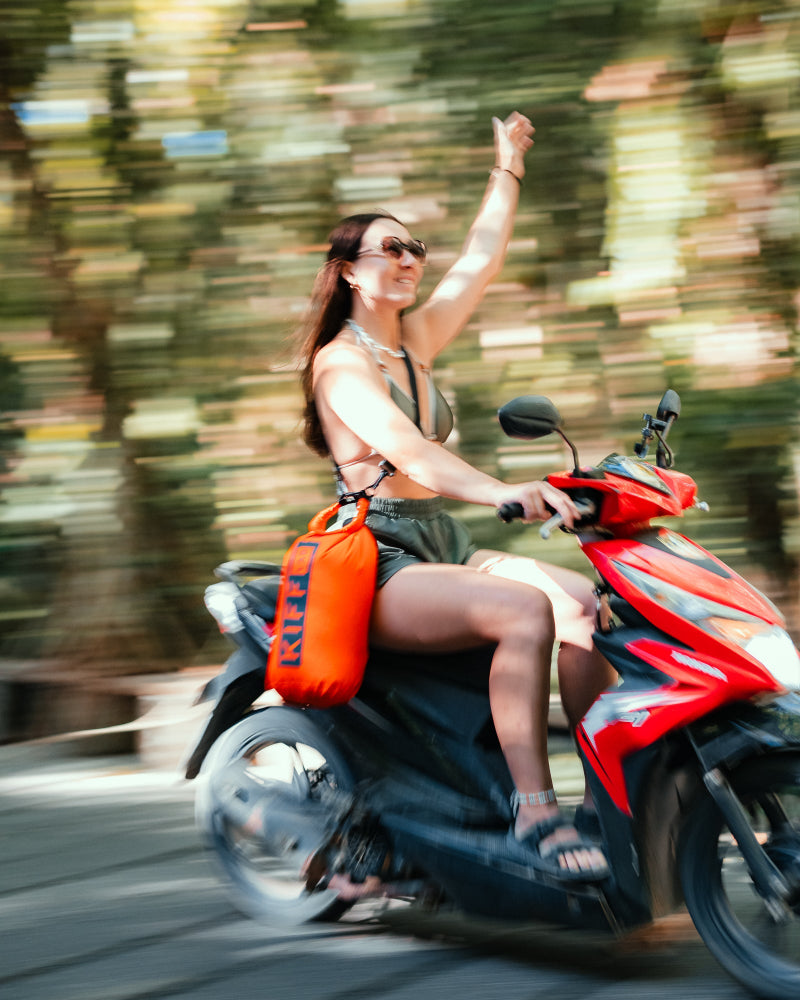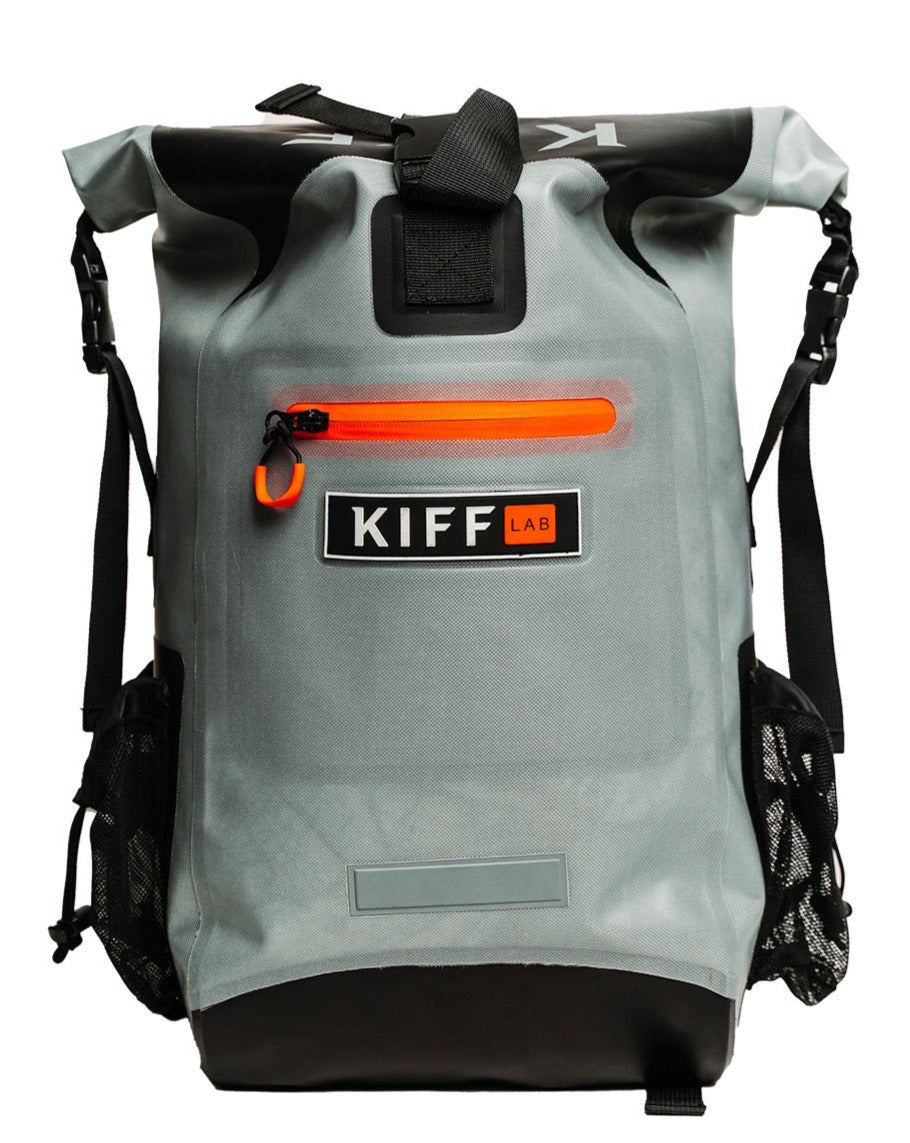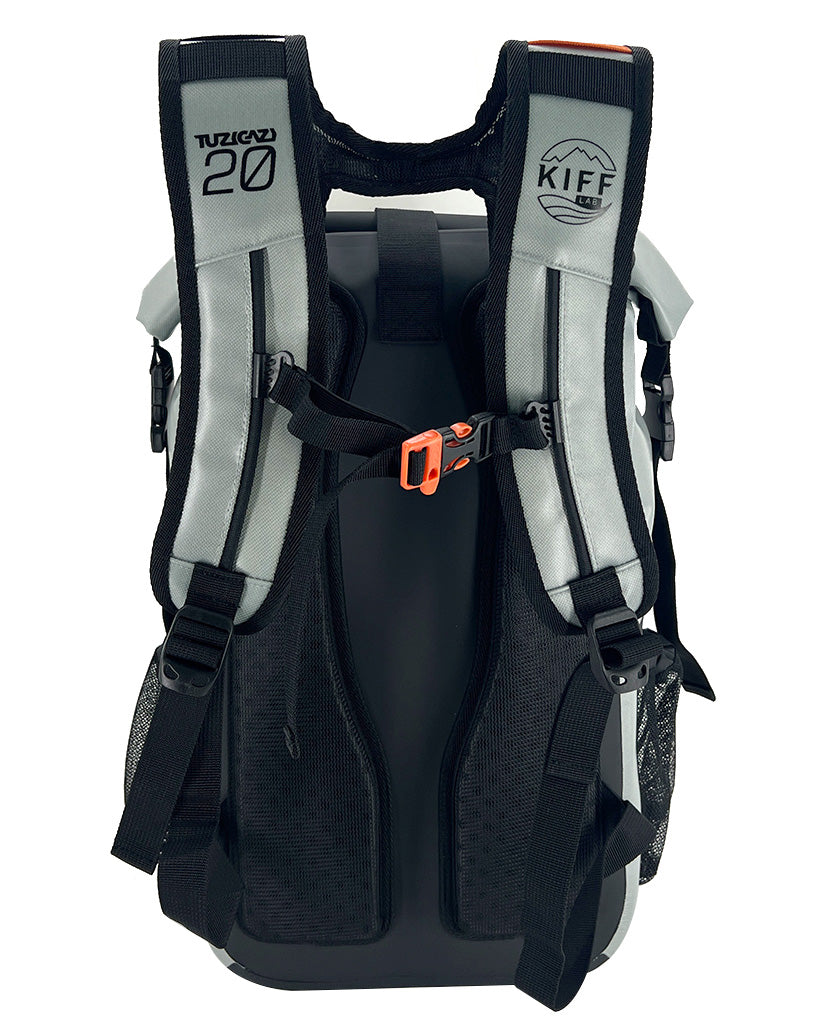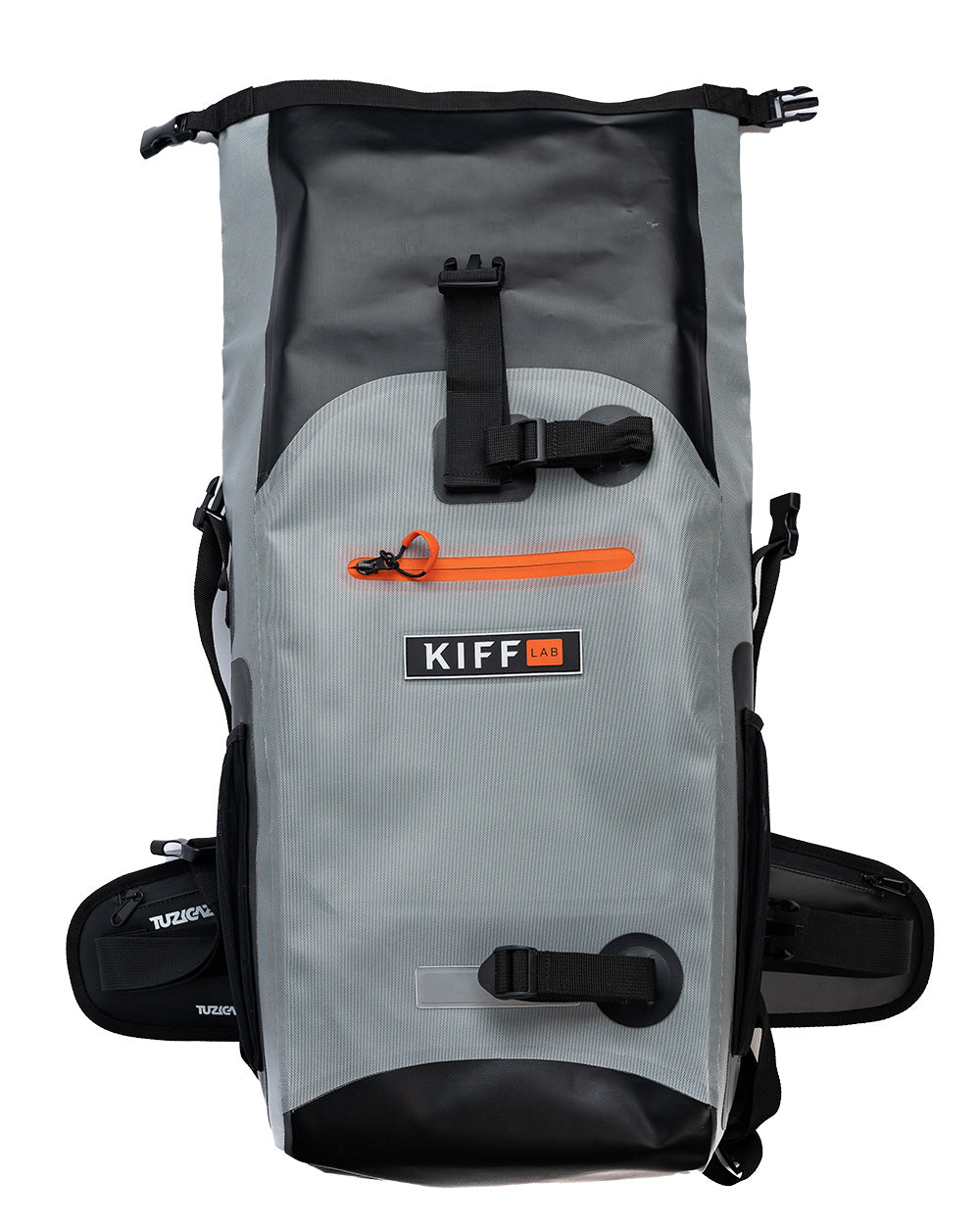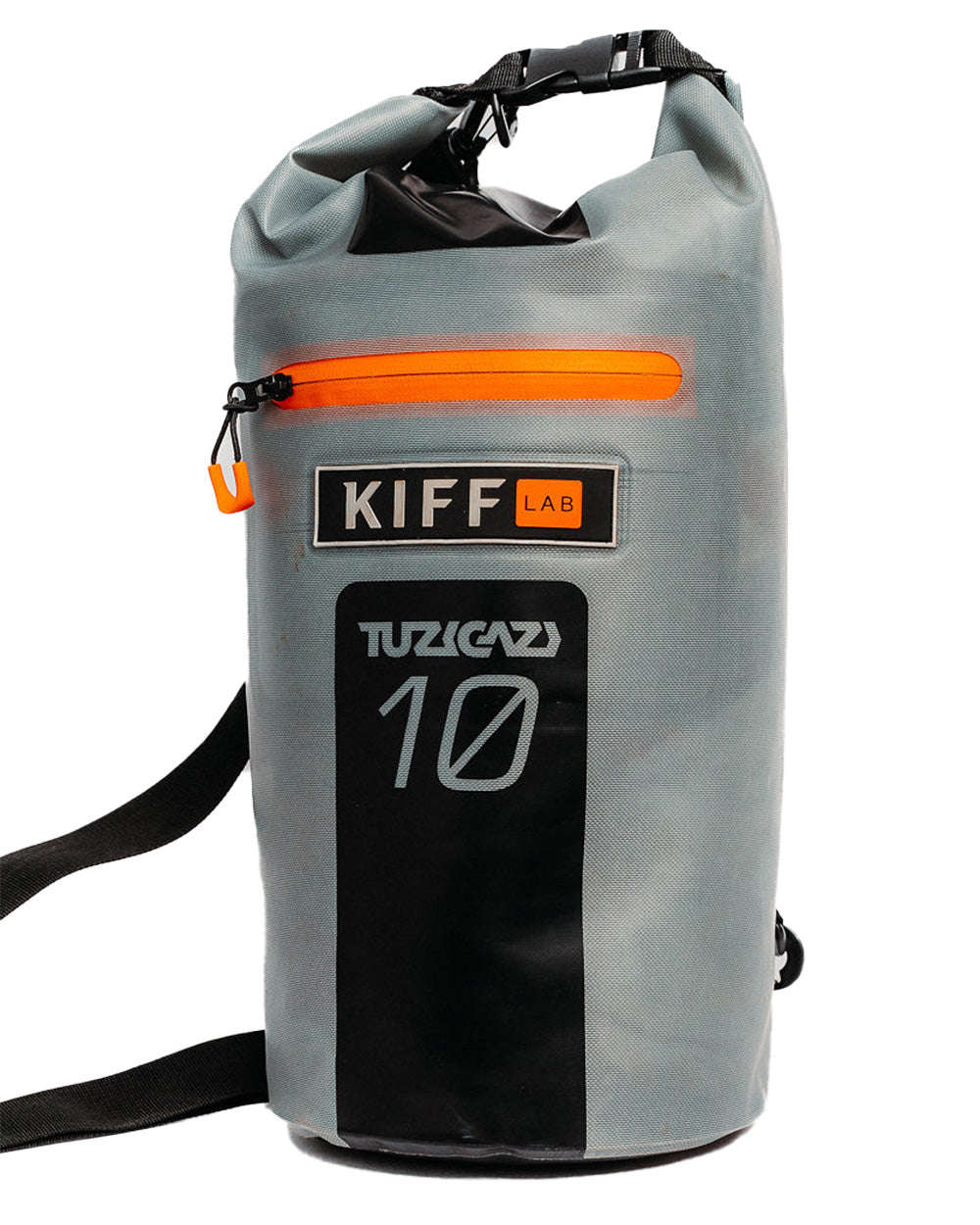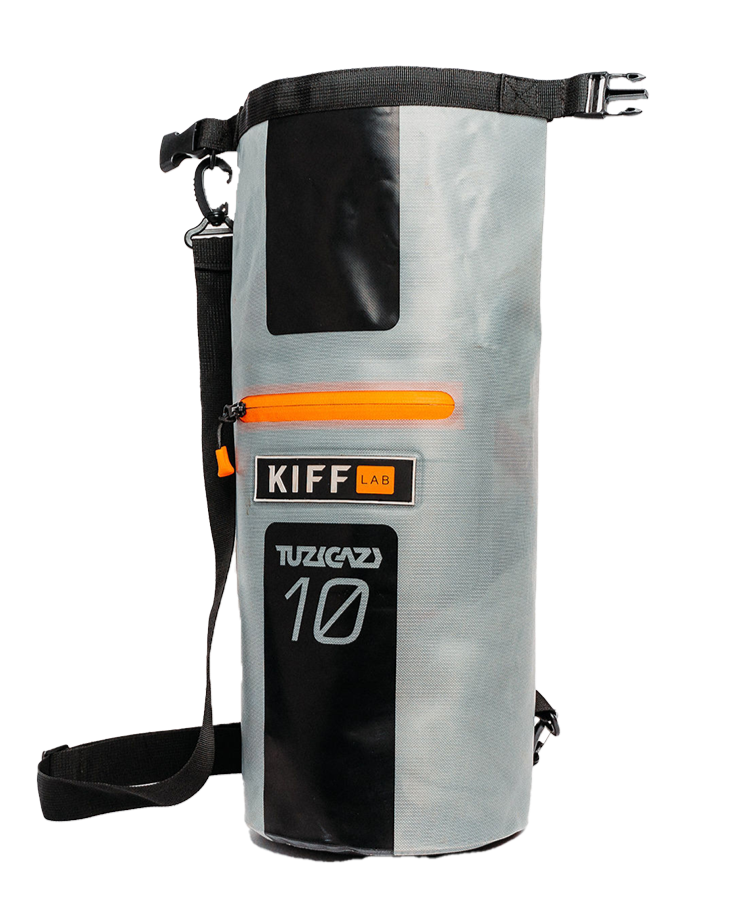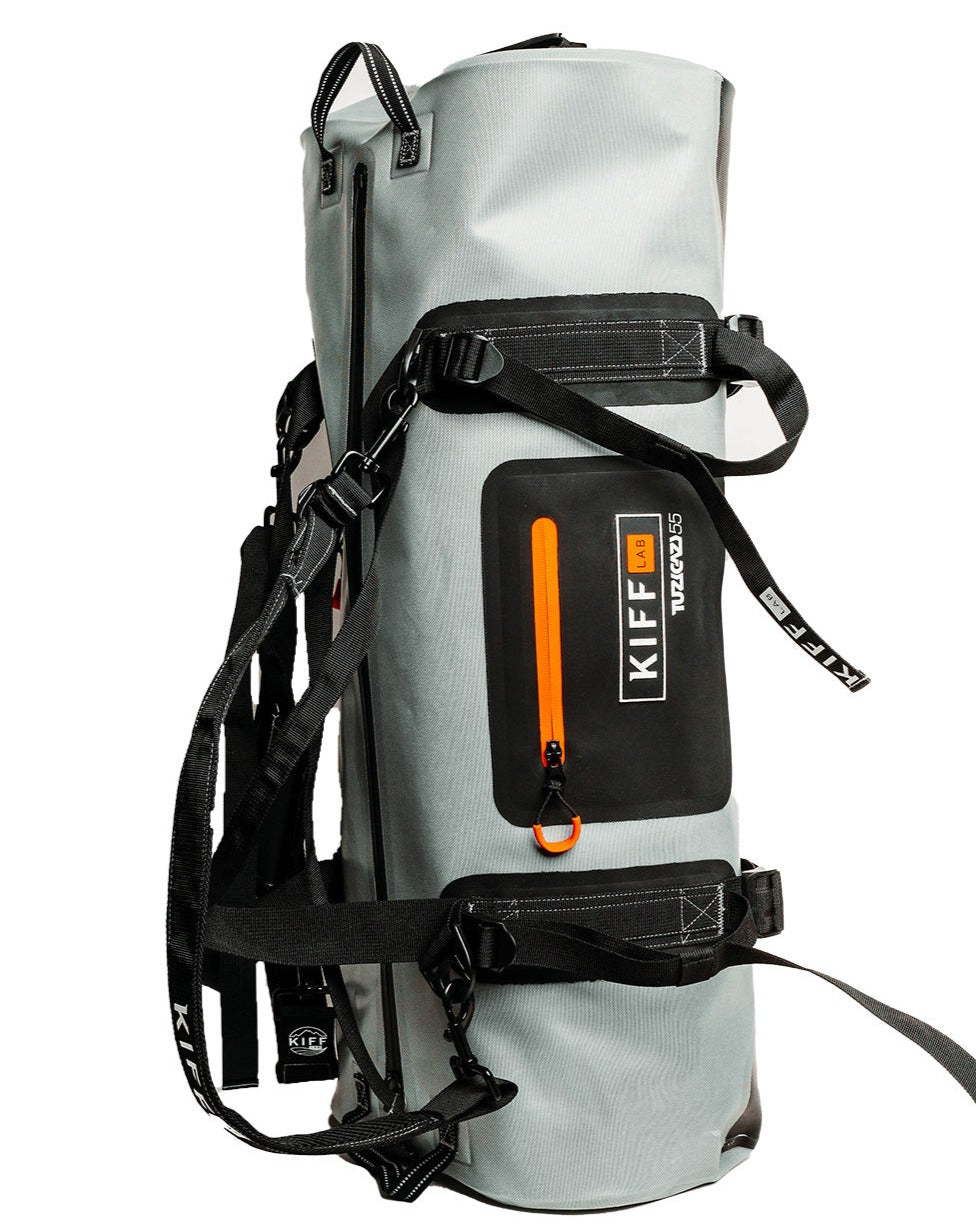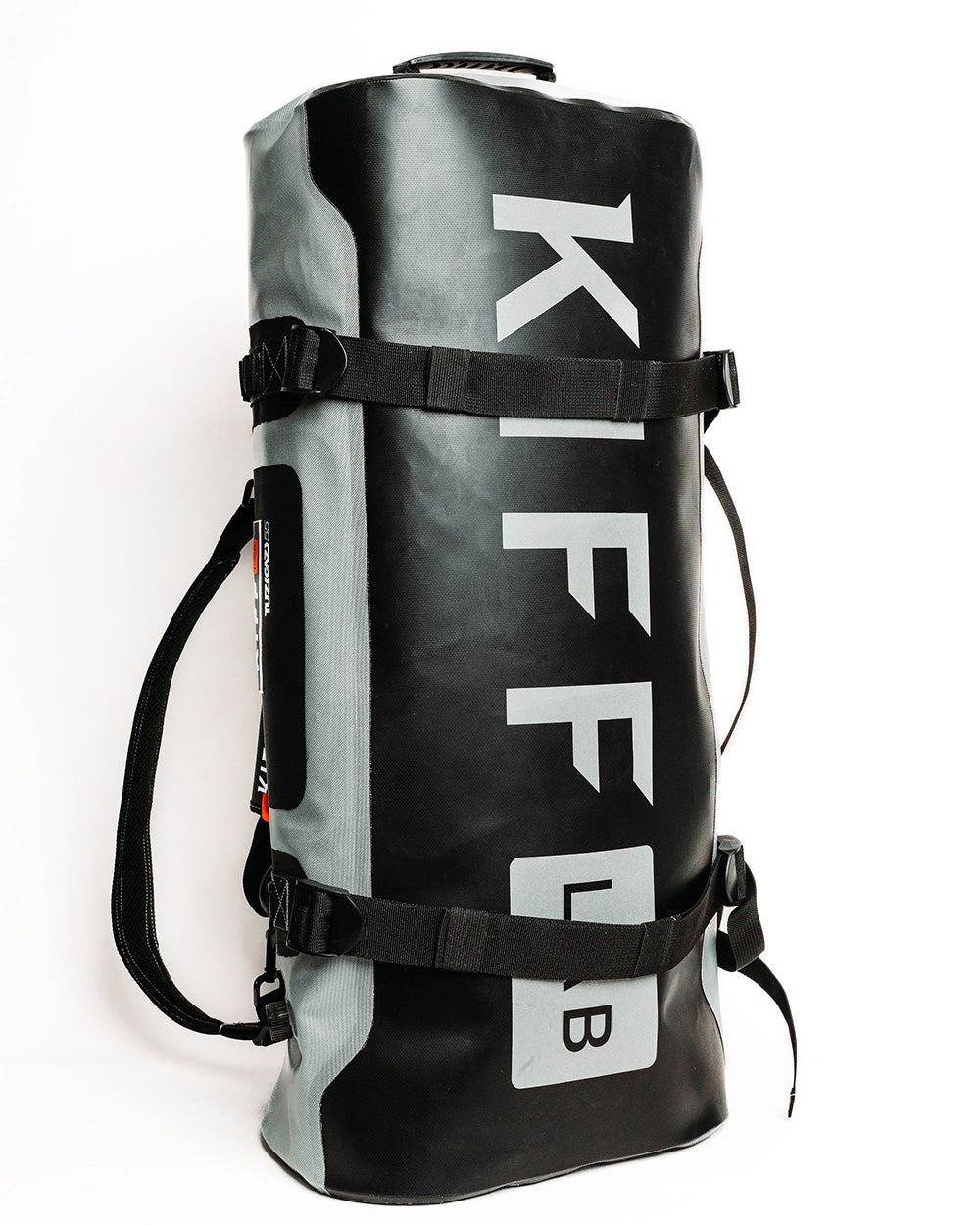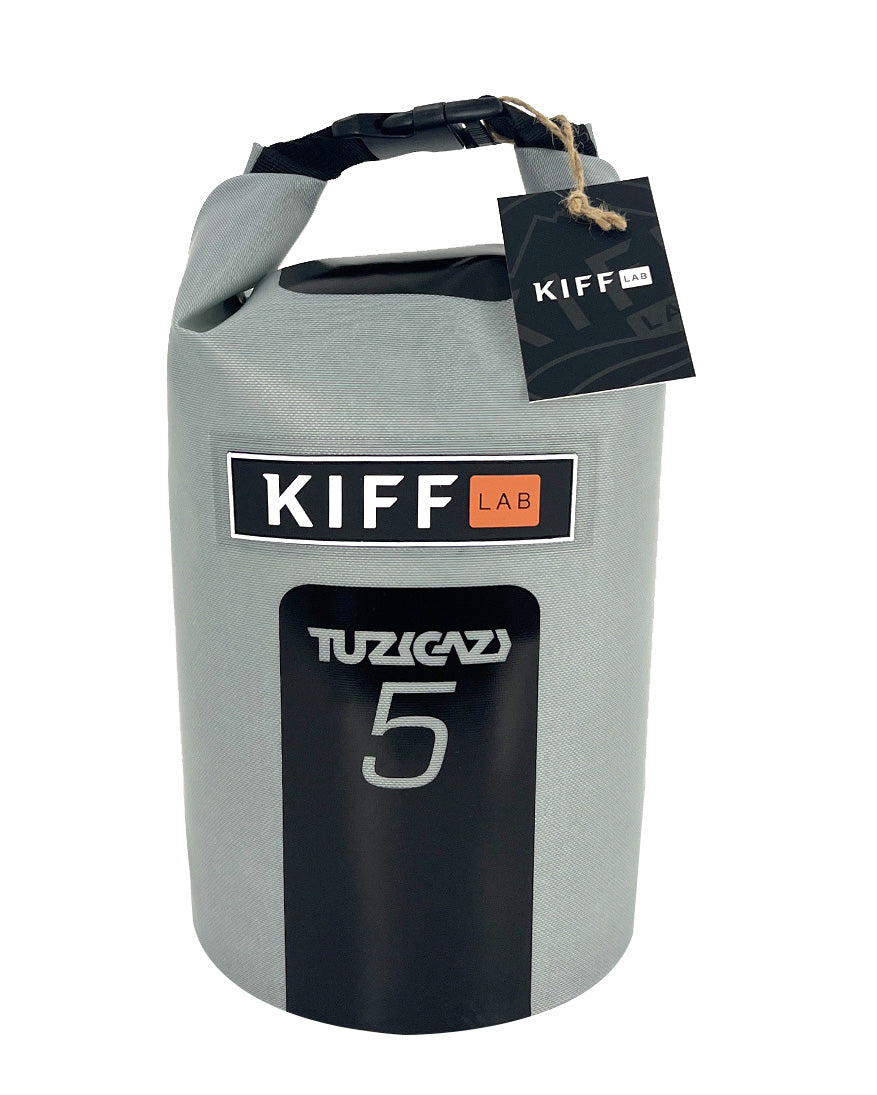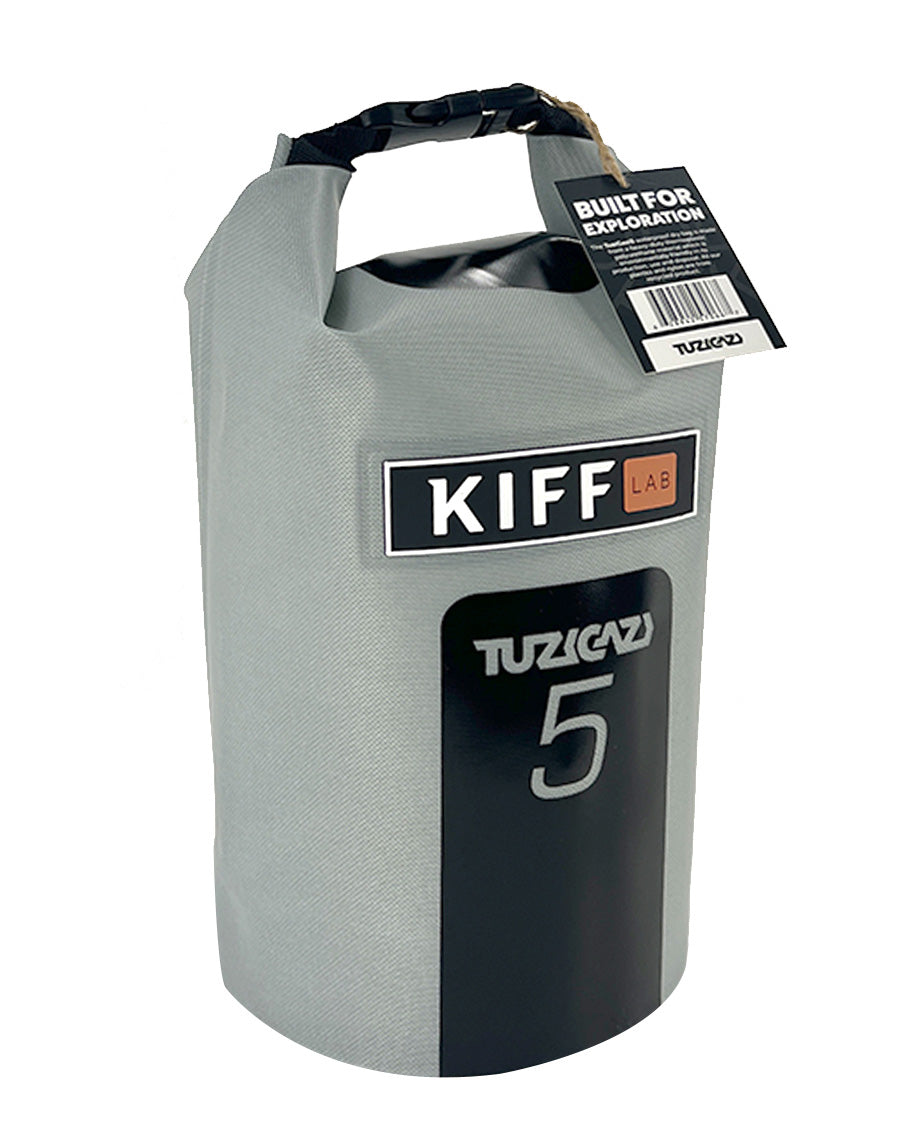Buying your first paddleboard
Buying your first paddleboard can be fun and exciting, but it's important to consider a few key factors before purchasing. Let's take a look at what you should keep in mind when choosing a paddleboard.

Firstly, it's important to consider what type of paddleboarding you'll be doing. A few different types of paddleboards are available, including all-around, touring, and surfing paddleboards. All-around paddleboards are a great choice for beginners and can be used in a variety of conditions, including calm lakes and rivers. Touring paddleboards are designed for longer journeys and can handle rougher water conditions. Surfing paddleboards are shorter and wider, making them perfect for catching waves in the ocean.

Once you've determined what type of paddleboarding you'll be doing, you'll want to consider the size and shape of your paddleboard. Longer paddleboards are faster and easier to paddle in a straight line, while shorter paddleboards are more maneuverable and easier to turn. Wider paddleboards are more stable, making them a great choice for beginners, while narrower paddleboards are faster but less stable. The shape of the board's nose and tail will also affect its performance, with rounded noses being better for stability and pointed noses being better for speed.
Another important factor to consider is the board's construction. There are a few different materials used to make paddleboards, including foam, inflatable, and epoxy. Foam boards are the most affordable option and are great for beginners. Inflatable boards are portable and easy to store, making them a good choice for travelers. Epoxy boards are the most expensive option but are also the most durable and high-performance.
Comfort is also important when it comes to paddleboarding. Look for paddleboards with a comfortable deck pad and adjustable paddle. You'll also want to consider the board's weight, as heavier boards can be more difficult to transport and maneuver.

Lastly, don't forget about safety. Make sure your paddleboard comes with a leash to keep you connected to the board in case of a fall. Consider wearing a personal flotation device (PFD) or buoyancy aid, especially if you'll be paddling in rough water or open ocean.
In summary, when choosing your first paddleboard, consider the type of paddleboarding you'll be doing, the size and shape of the board, the construction material, comfort features, and safety equipment. With these factors in mind, you'll be well on your way to choosing the perfect board for your paddleboarding adventures. And remember, if you have any questions, don't hesitate to reach out to a professional paddleboard guide for advice!


